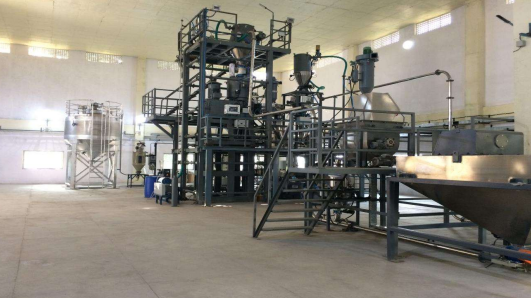

The end is nigh for dangerous DDT
16 January 2024 Charles Arthur
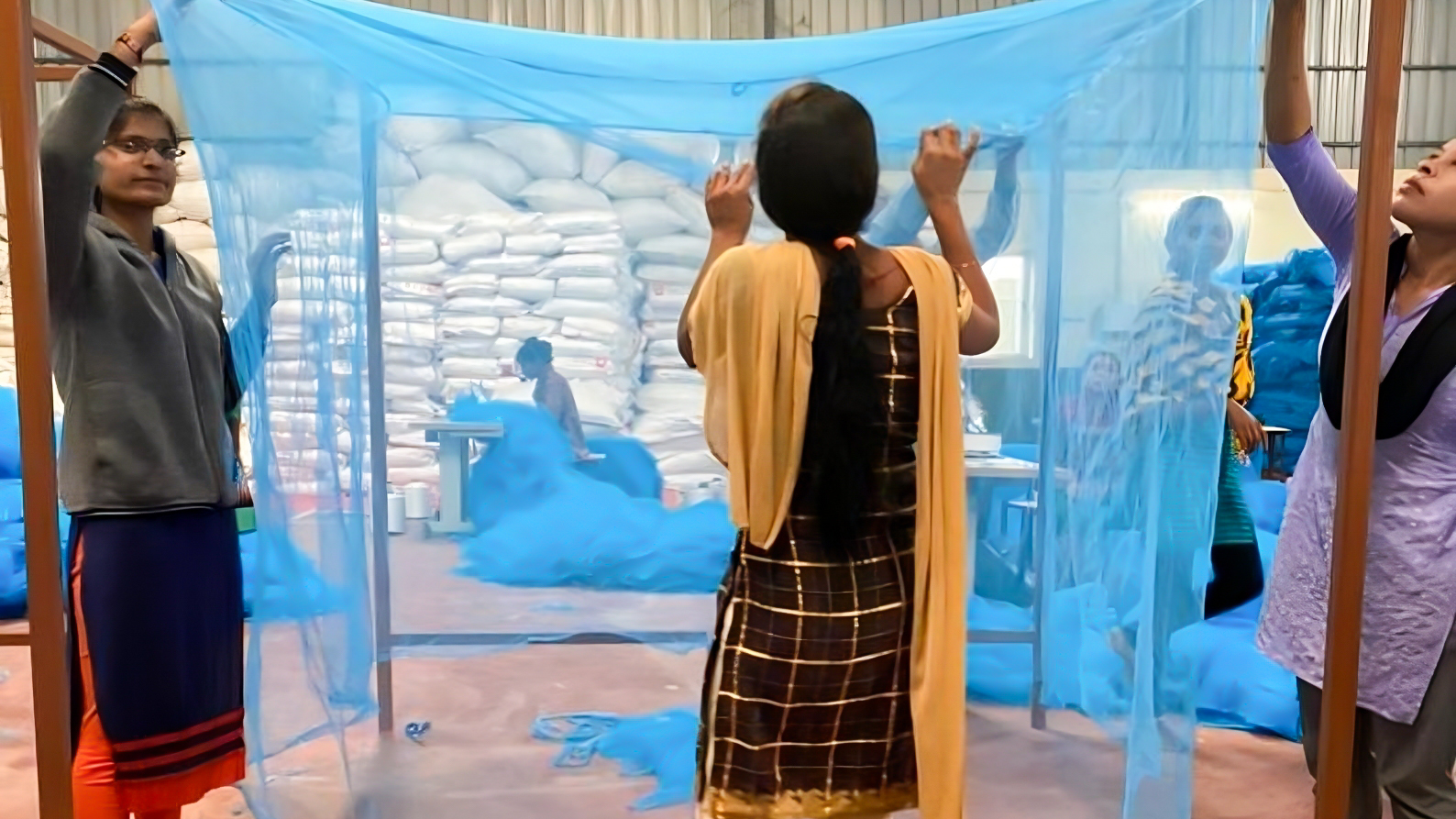
In her book, Silent Spring, published in 1962, Rachel Carson wrote about dichloro-diphenyl-trichloroethane (DDT), the world’s first modern synthetic insecticide.
Described as the 20th century’s most influential environmental book, Silent Spring tells the story of a fictional town of the future where there is no birdsong because all the birds have been exterminated by DDT.
“It was a spring without voices. On the mornings that had once throbbed with the dawn chorus of robins, catbirds, doves, jays, wrens and scores of other bird voices, there was now no sound; only silence lay over the fields and woods and marsh.”
DDT was developed in the 1940s and initially it was used with great effect to combat malaria, typhus and the other insect-borne human diseases. It also was effective for insect control in crop and livestock production and in homes.
However, DDT was never properly tested and later it was found to be toxic to animals and humans. DDT is virtually non-degradable, settling in fatty tissues and accumulating in greater and greater concentrations up the food chain.
Carson’s book raised awareness of the looming dangers of DDT use. Eventually, in 2004, an international environmental treaty, the Stockholm Convention on Persistent Organic Pollutants, came in to force. The Stockholm Convention outlawed the production and use of certain toxic chemicals, limiting the use of DDT to mosquito control.

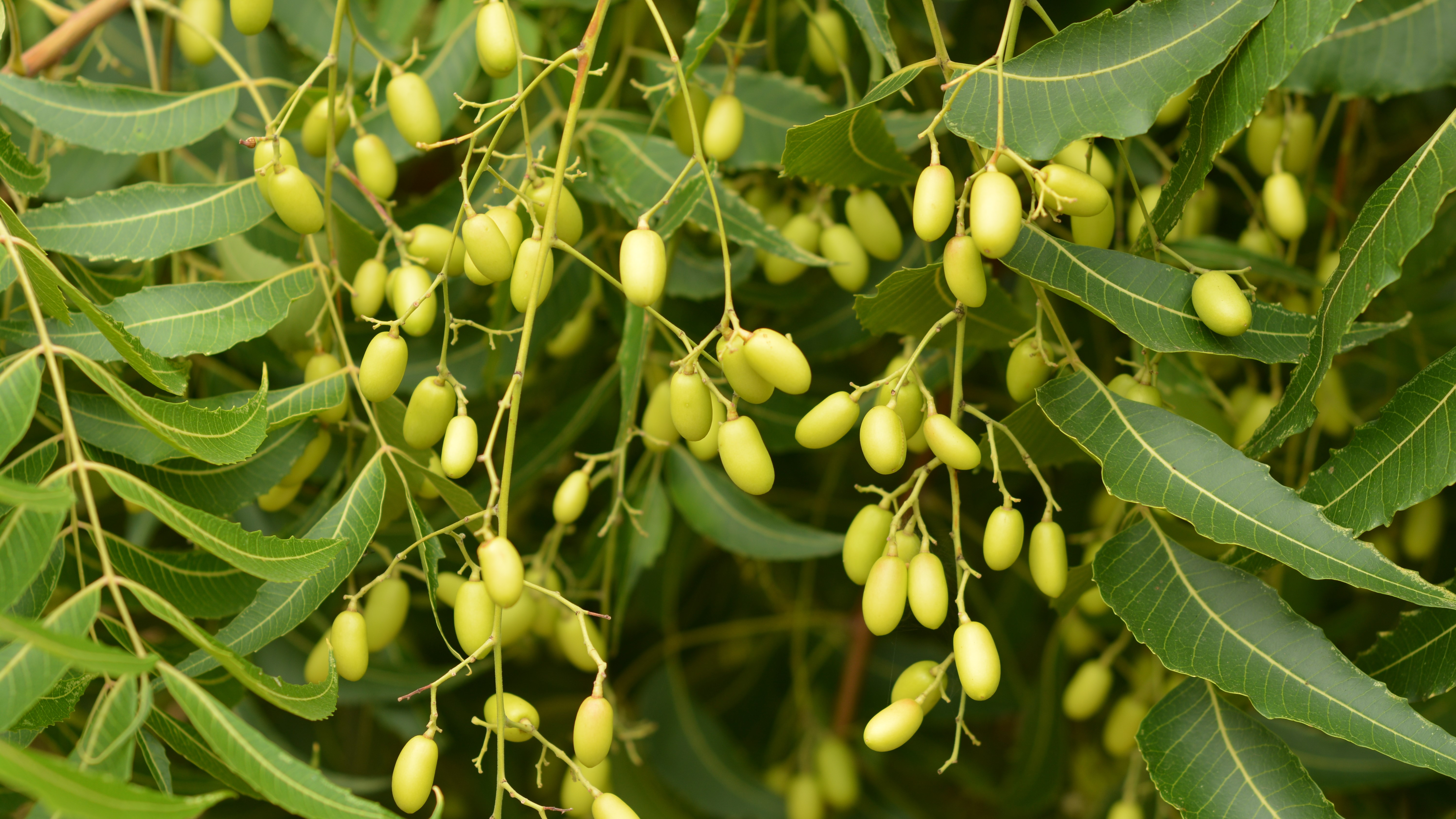
The phase-out of DDT means that, since 2008, the Indian state-owned company HIL has been the world's only registered producer of this insecticide. HIL's DDT has continued to be used in India itself and has been exported to a limited number of countries where mosquito control remains crucial to stop the spread of malaria and other diseases. In recent years, in addition to India, just eight other countries, all in Africa, have continued to use DDT.
A joint UNIDO/UNEP project, funded by the Global Environment Facility (GEF), has been working with the Indian authorities to develop locally appropriate, cost-effective and sustainable alternatives to DDT. The project, which began in 2015, employs a three-pronged approach to combat mosquitoes, producing Bt (Bacillus thuringiensis)-based and neem-based biopesticides that kill mosquito larvae yet are safe for other aquatic animals and human beings, and manufacturing Long-Lasting Insecticidal Nets (LLINs) as the final barrier to prevent mosquito bites.
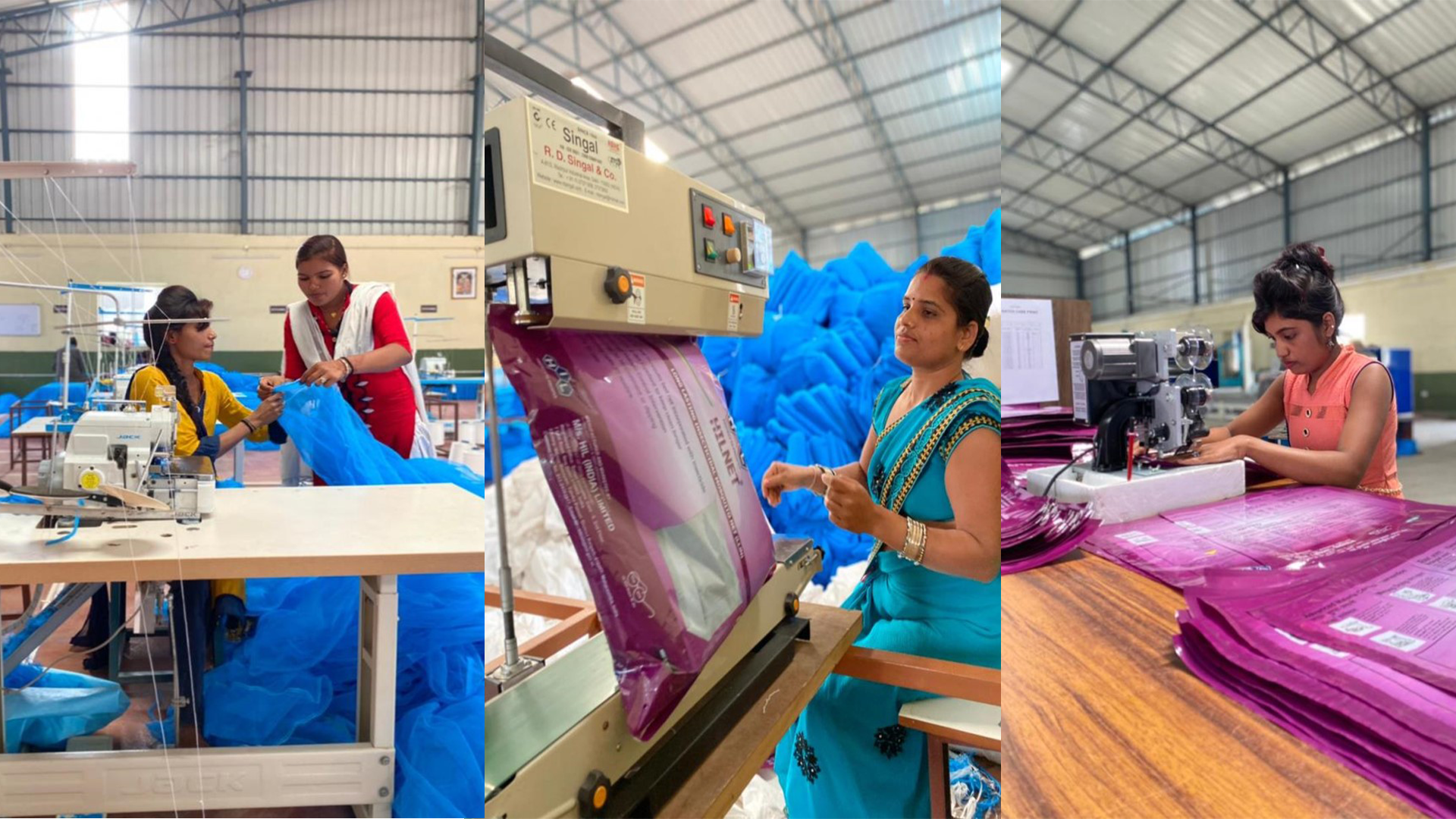
Biopesticides are derived from natural materials. Bacillus thuringiensis (Bt) is a species of bacteria that lives in soil. It makes proteins that are toxic to mosquito larvae when eaten, but safe for other organisms. Neem oil is derived from seeds of the neem, a fast-growing tree of the mahogany family, native to the Indian sub-continent and to Cambodia, Laos, Myanmar, Thailand and Vietnam in Indochina. It has been widely introduced elsewhere in tropical and sub-tropical regions, from South America to Indonesia.
The technologies for the Bt (Bacillus thuringiensis)-based and Neem-based biopesticides have been finalized and large-scale production plants are being set up at the HIL (India) Limited complex at Rasayani, a town 60 kilometres from Mumbai.
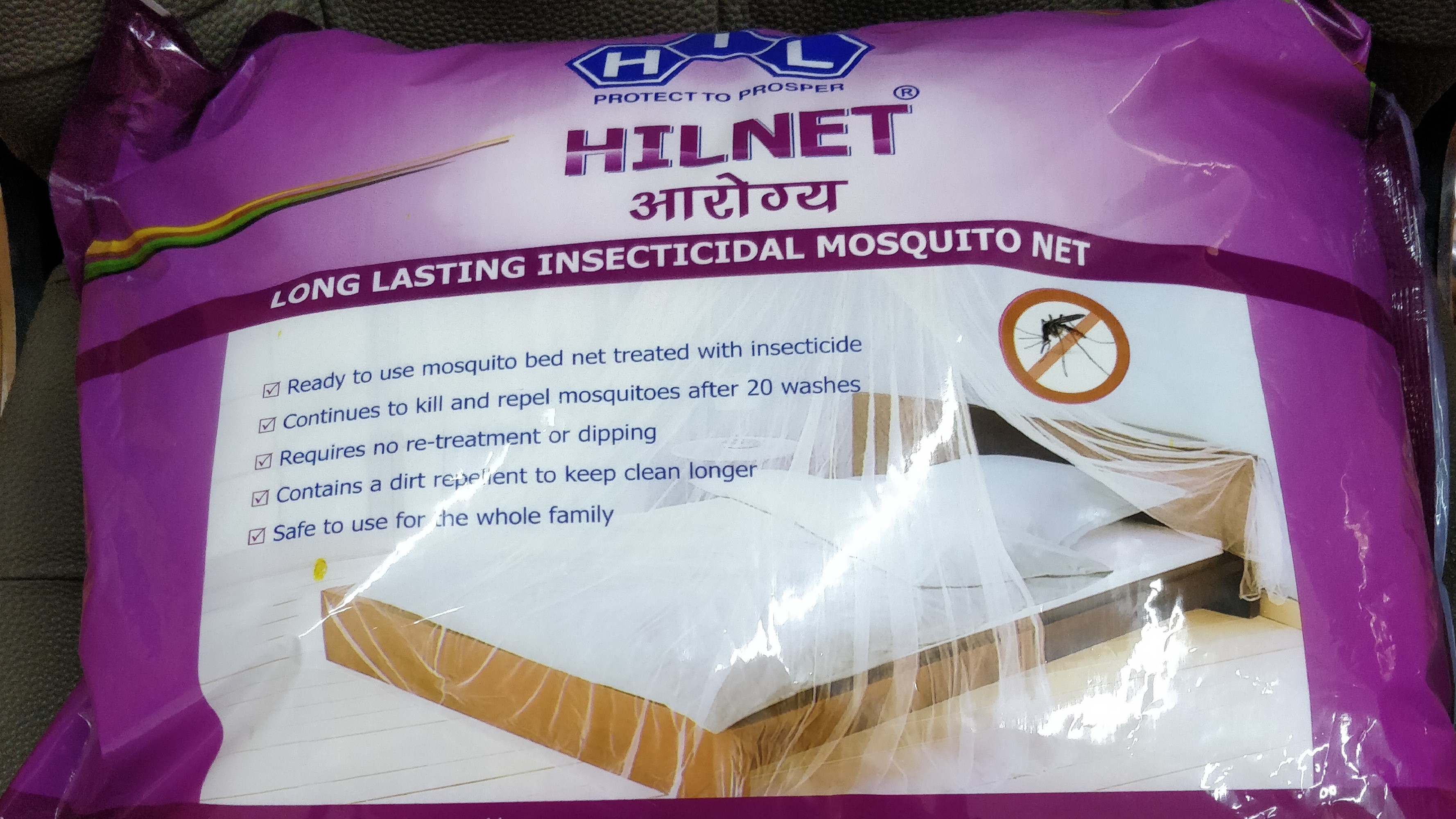
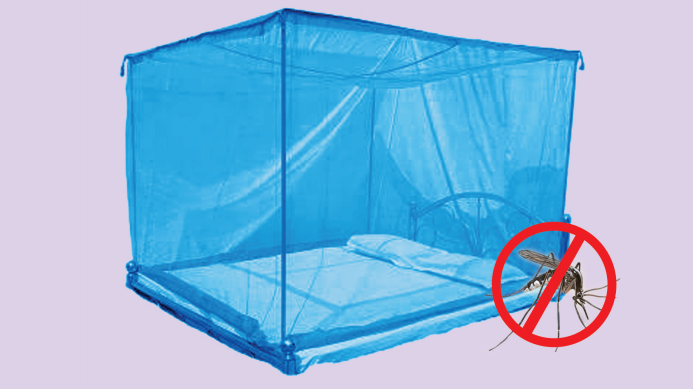
Long-Lasting Insecticidal Nets are impregnated with very small amounts of alphacypermethrin, a slow-release insecticide which is potent for mosquitoes but safe for human beings. The nets are effective for three years and provide protection even after 20 washes. The HIL company produced five million LLINs in 2023 and will double production by mid-2024 in order to meet national demand.
Large-scale manufacturing of all these products in 2024 will allow HIL to cease production of DDT entirely by the end of the year. India will be able to defeat malaria without damaging the environment.
The transfer of the technology for biodegradable alternatives for insect control to other countries where malaria remains a serious problem hopefully means that future generations won’t have to live the Silent Spring nightmare.
Further reading
Promoting Non-POPs Alternatives to DDT and Environmental Health Through Engaging Key Local Partners